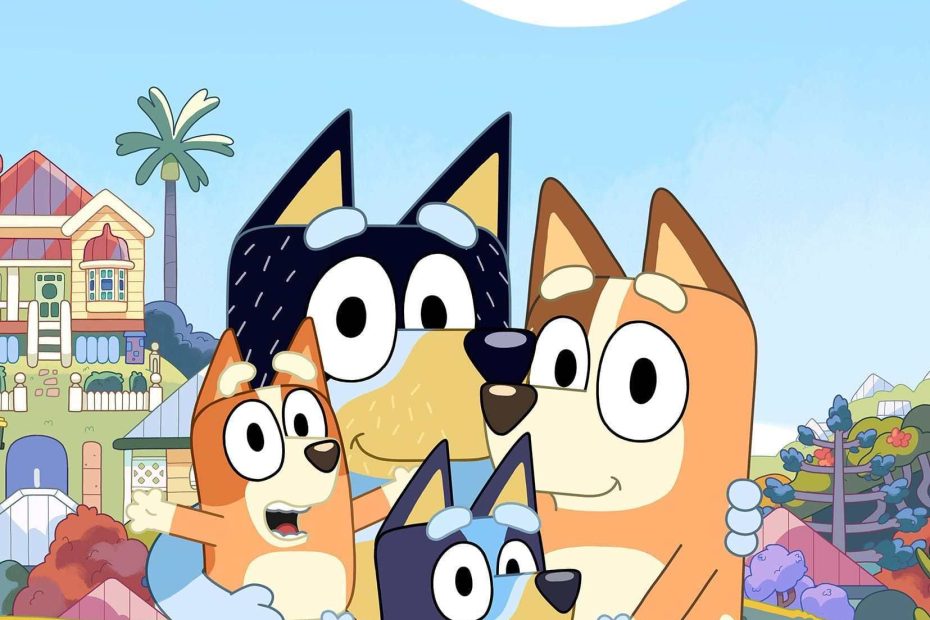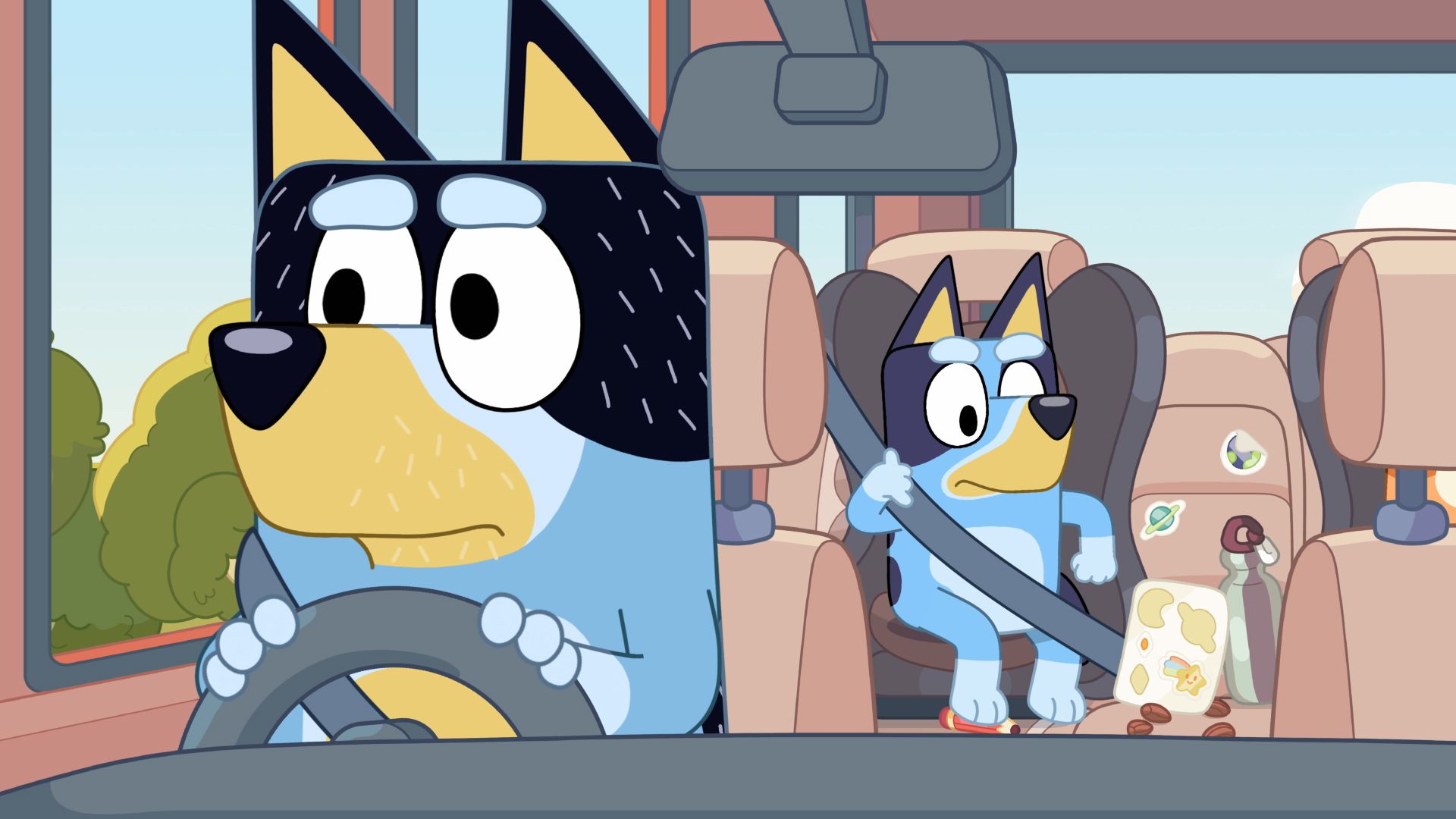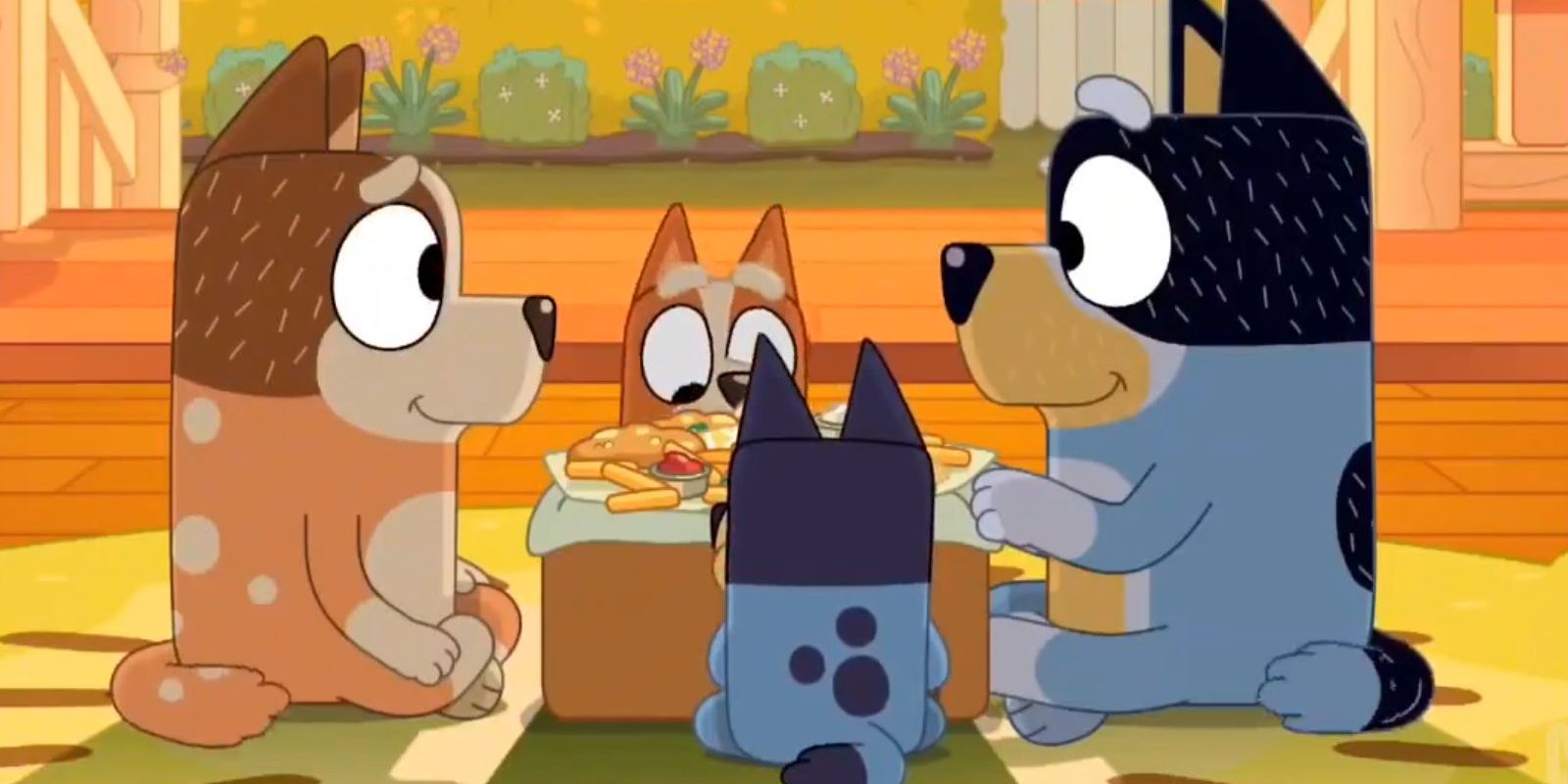The Big Picture
-
Bluey
offers a modern, refreshing take on parenting dynamics, showing equality and growth in a humorous yet relatable way. - The inclusion of well-developed adult characters adds depth to the show, providing humor and relatability for older viewers.
-
Bluey
tackles serious topics with compassion and honesty, representing a diverse range of people without feeling forced or performative.
It’s a common problem you run into as a parent, babysitter, or any other person that has regular contact with kids. You need them to settle down. They beg and beg you to turn it on. It’s all you hear about; the kids wear the characters on their clothes and shoes and lunchboxes and have all the toys. That’s right, we’re talking about children’s television. The bane of so many adult existences. Those colorful, loud, almost over-stimulating shows that kids seem to go crazy for. For this writer, it was series like Blue’s Clues and Little Bear — or anything that was on the Noggin station, really — but nowadays, it seems PJ Masks, PAW Patroland the godforsaken Cocomelon have taken their place. However, every once in a while, child wranglers are given an absolute gift: a kids’ TV show that doesn’t make their brain melt. And currently, dear readers, that savior show is Bluey.
For those out of the loop, Bluey is an Australian children’s cartoon that began in 2018. The series centers around 6-year-old Blue Heeler pup Bluey and her family, consisting of father Bandit, mother Chilli, and little sister Bingo. It follows Bluey’s daily adventures with her family and friends as she plays and learns a little bit about life along the way. The series just wrapped up its third season on April 14th, 2024 with “The Sign,” leaving many fans in their absolute feels. Now, for the most part, it is a silly little show that does a great job at showing how children play and learn, with a few serious moments thrown in for good measure. In a fascinating turn of events, though, it isn’t just children that enjoy this show aimed at preschoolers. Adults — with and without children — have created a pretty dedicated fan base for the series. It’s worth asking why it seems to capture the hearts of an adult audience almost as well as it does its target audience, and there are a few points that can answer this question.
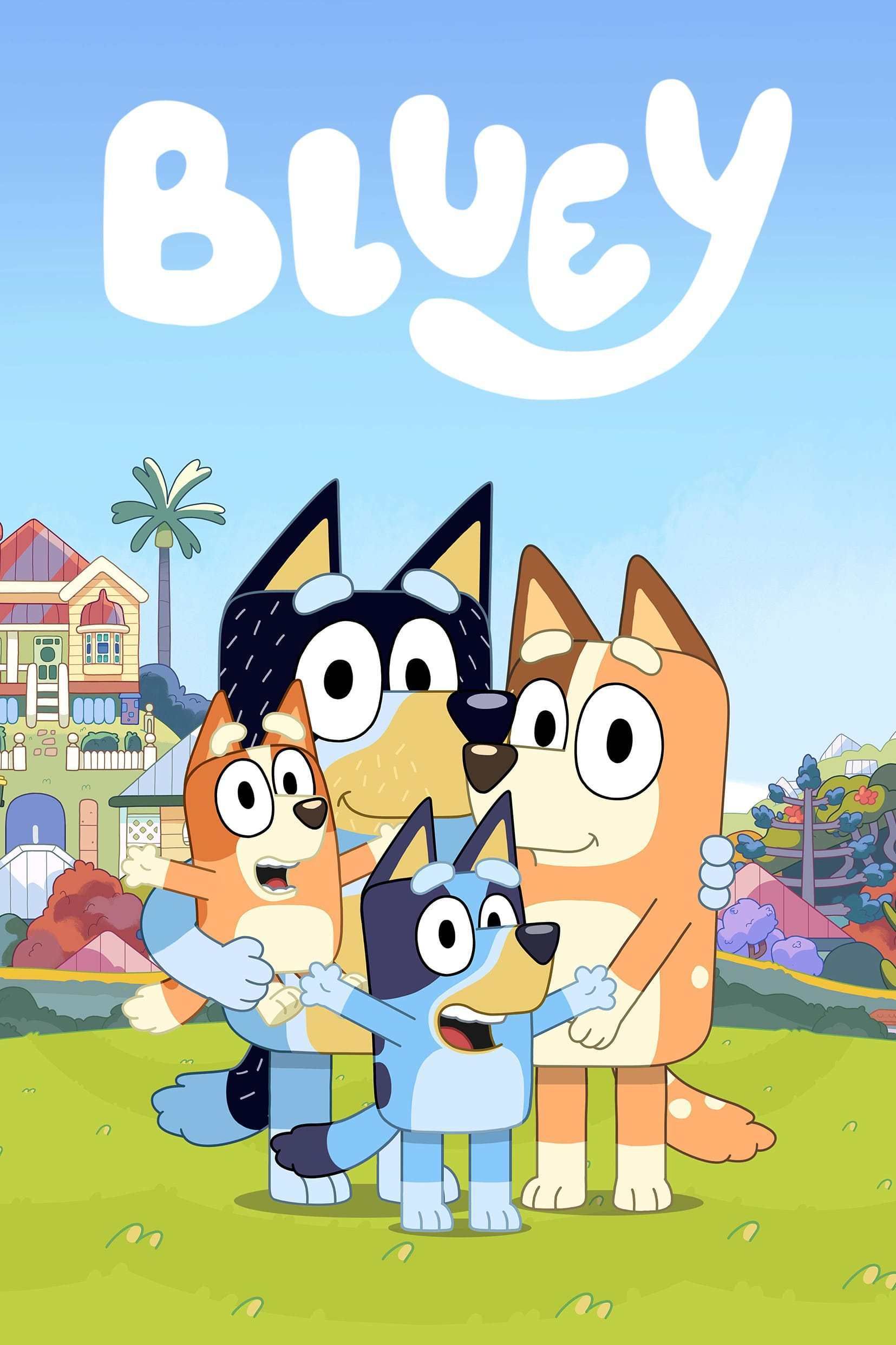
Bluey
The slice-of-life adventures of an Australian Blue Heeler Cattle Dog puppy as she has fun with her family and friends in everyday situations.
- Release Date
- September 30, 2018
- Creator
- Joe Brumm
- Seasons
- 3
- Cast
- David McCormack , Melanie Zanetti , Brad Elliott , Daley Pearson
- Production Company
- Australian Broadcasting Corporation (ABC), BBC Studios, Ludo Studio
An Accurate Representation of Modern Parenthood
Perhaps the most important point of Bluey for the parents and other caregivers in the audience, is Bluey’s portrayal of modern parenthood. Many children’s shows fall into a frustrating rhythm with the parents; it’s almost always a lazy or inept father and a hardworking and underappreciated mother. It’s a dynamic that’s incredibly tiring, especially in this day and age, and Bluey doesn’t go this route. Instead, we often see Bandit staying home with the kids and tending to the house while Chilli goes to work, and when Chilli is home, we see her doing similar work with Bandit supporting her. They are portrayed on equal footing, though Bandit is often more silly and susceptible to the games of Bluey and Bingo than Chilli.
In addition, there are many moments where Chilli and Bandit learn lessons in their parenting. In the Series 1 episode, “Yoga Ball,” Bandit is working from home and ends up being a little too rough when playing with Bingo. Bingo enlists Chilli’s help to tell him that he’s hurt her feelings, and Bandit listens carefully to her, apologizes, and changes his behavior. He never dismisses her feelings or tells her to get tougher; he admits his mistakes and improves. This can be a hard lesson for parents to learn, and Bluey handles it well by showing that Bandit’s apology led to a positive resolution.
There’s also the Series 2 episode, “Baby Race,” which shows Chilli struggling with feeling inadequate compared to other parents. She worries that Bluey isn’t progressing as quickly as the other children, particularly a pup named Judo, and tries to push Bluey to progress until another parent sits down with her. They have a heart-to-heart, and the mom tells Chilli that she’s doing a good job, and that all children do things in their own time. It’s a real issue many first-time parents faceand the series shows that these feelings are normal and that talking with others about them can help instead of letting them fester. There are also many points in the series where the parents admit to needing breaks and are shown taking time to be alone and practice self-care, and there are plenty of points where they are less than perfect but work hard to improve and become better parents. However, these things are always handled with compassion and care, and they serve to give an example of what good parenting can look like. The show is a learning experience for the adults who watch it just as much as it is for children.
Adults Are Part of the Fun, Too
There are also several adult characters in the series. Though many of them are only seen once or twice, they still manage to have established personalities and arcs in their episodes. A great deal of the humor that appeals to older fans comes from these adult characters; they’re often a little sarcastic and they have some incredible one-liners, and watching them try to keep up with the imaginations and games of the kids never fails to be both hilarious and heartwarming. Having these characters add a bit of dialogue is a huge part of what makes the show appealing to adults; just like any good piece of family media, you have to sneak something in for the people that will be bringing the kids to the movies.
Naturally, most of the adult characters in the series are parents. However, Bluey goes out of its way to display different kinds of people as parents. Bandit is a fun-loving and silly dad with a sarcastic wit. Chilli is far more introverted than her husband, but we often see the two bounce off of each other’s energy. Jack’s dad is more “traditional,” holding a few old-school beliefs about participation prizes, among other things, but he’s obviously pretty laid back otherwise. Coco’s mom is shown to be confident and kind, if a bit high-maintenance. However, there are plenty of other adult characters who provide fun personalities to the series. Calypso, Bluey’s teacher, is a gentle free spirit that provides a nice contrast with a lot of the adults in the series. Frisky and Radley brought a lot of humor to the episodes they were in by being awkward young adults in a sparking relationship. There’s a plethora of other characters, such as retail employees, random parents, and other family members, and they continue to add to the amusing adult interactions in the series. This variety and focus on the adults of the series in addition to the kids makes it easier for adults to relate to and find a connection with the show.
Serious Moments that Resonate
However, Bluey does have its moments of seriousness. The show isn’t as condescending as some other children’s programs. The series strikes a pretty impressive balance between learning for kids and adults, and in doing that, it steers away from talking down to any part of its audience. There are a few episodes that demonstrate this point quite well; one is the Season 1 episode, “Copycat.” The episode discusses the topic of death in a way that’s gentle and honest as the girls find an injured bird and take it to the vet. While it is geared at children, the explanation doesn’t feel dumbed down or tiptoed around as Bandit explains that death is a part of life.
Another is the Season 3 episode, “Onesies.” The episode deals with the topic of infertility in a way that many found very empathetic and real by introducing us to Brandy, Chilli’s sister, who doesn’t visit often. It’s implied that due to fertility issues, she may never have the children she wants, and seeing Bluey and Bingo often brings up that pain. The topic is approached in a very honest way that is digestible for children but incredibly relatable for adults who have experienced the same thing. In Season 3’s “The Sign” — regarded by many fans to be the series finale, though the show’s creators have said otherwise — we see Brandy again, and this time, she’s pregnant. Bluey doesn’t shy away from these tough topics. It embraces them in an open way that doesn’t make kids scared or upset but she also doesn’t trivialize these things that many adults have experienced. Brandy’s story especially demonstrates thisas it tackles the struggles she had respectfully and explains that sometimes when people struggle, they may be hurt or scared by certain things, but it circles back after the initial mention of this issue to provide a conclusion.
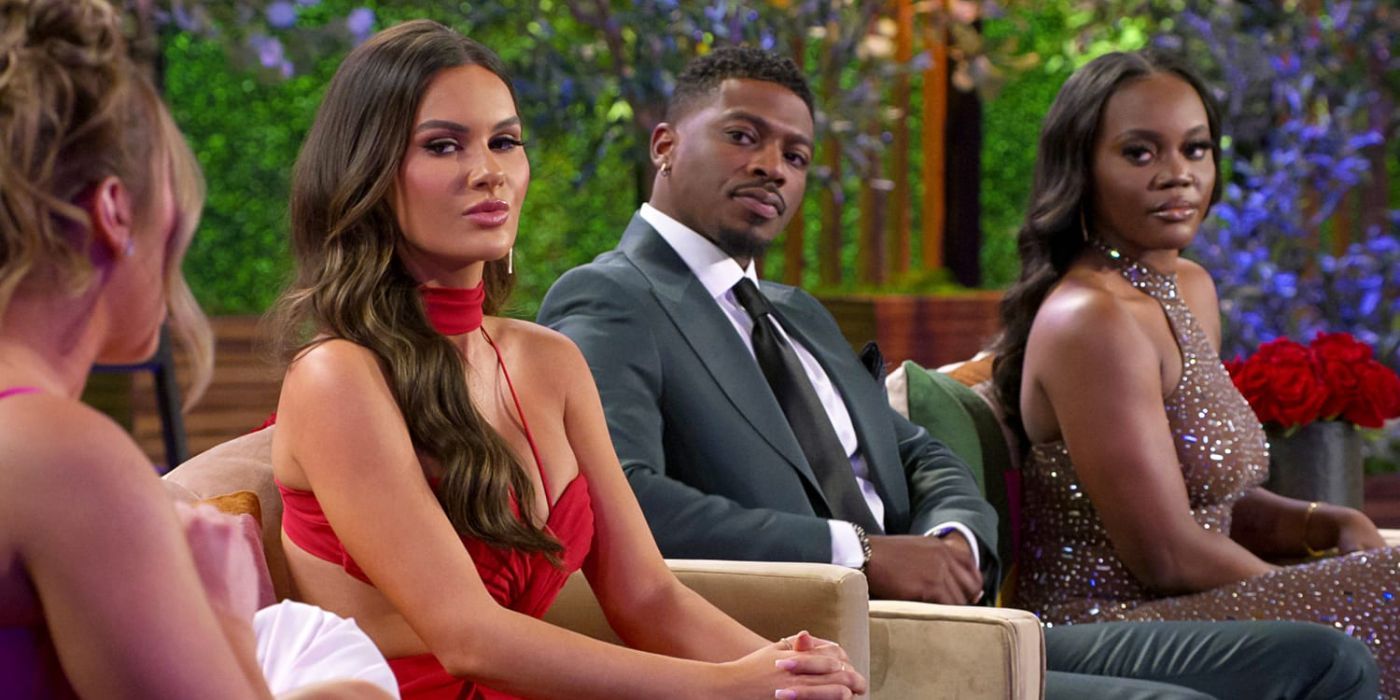
‘Bluey’ and ‘Love Is Blind’ Topped Nielsen Streaming Charts This Week
Did your viewing contribute to the week’s Top 10?
All Types of People are Represented
In addition, the series is fairly progressive. While many shows for young children will shy away from things like showing LGBTQ+ couples, neurodivergent children, or deaf children, Bluey has shown all of these things and in a natural way. A big issue with representation in media is the feeling that it’s performative or an afterthought, but Bluey doesn’t feel this way. It’s just the way the characters are; they are displayed as normal people, leading normal lives, and no unnecessary attention is drawn to how they’re “different.” Instead, it focuses on how they’re the same. In this sense, it’s something adults are desperate to see. We want to see positive representation of these things in our own media, and it really does mean the world to see it in media for kids. It’s good to know the next generation is being given that representation without it being forced. It’s done with care and respect.
Some might ask why this matters. It’s just another kid’s show. It’ll be over and done once the next big title comes along. However, Bluey seems like it has the ability to become a mainstayone that people look back on fondly the way the current generation does Blue’s Clues and Sesame Street. Though, it may even hold that kind of nostalgia for its adult fans in the future due to its ability to educate young and old without feeling condescending and provide a good laugh with its positive take on the modern family. It sets a precedent for future children’s programming by taking on the challenge of providing positive representation of all kinds for its viewers and handling tough topics with honesty and compassion. But let’s be really honest. It’s just a miracle to have a show for preschoolers on air that can be stomached by adults. So, thanks, Blueyfor saving child wranglers everywhere!
Bluey is available to stream on Disney+ in the U.S.
